Tiendas de Hanbok del Mercado Gwangjang (광장시장 한복매장)
3.3Km 2024-02-01
Changgyeonggung-ro, 88, Jongno-gu, Seúl
Mercado Gwangjang (광장시장)
3.3Km 2024-05-17
Changgyeonggung-ro 88, Jongno-gu, Seúl.
Museo de Arte de Amore Pacific (아모레퍼시픽미술관)
3.3Km 2025-07-17
Hangang-daero 100, Yongsan-gu, Seúl
Jinokhwa Halmae Wonjo Dakhanmari (Jin Ok-hwa Original Chicken Restaurant) (진옥화할매원조닭한마리)
3.3Km 2024-11-28
18, Jong-ro 40ga-gil, Jongno-gu, Seoul
+82-2-2275-9666
Jinokhwa Halmae Wonjo Dakhanmari first opened its doors in 1978 and has continued to be a much-loved restaurant on Jongno 5-ga for the past 30 years. The restaurant only uses fresh young chickens, which are about 35 days old, and minimal seasoning to allow diners to fully enjoy the tenderness of the meat. Dip your chicken in the special marinade sauce and couple it with a helping of Kalguksu (a noodle dish) for a perfect meal combination.
The Westin Josun Seoul (웨스틴 조선 서울)
3.3Km 2025-07-18
106, Sogong-ro, Jung-gu, Seoul
Lotte Hotel Seoul (롯데호텔서울)
3.3Km 2025-10-23
30, Eulji-ro, Jung-gu, Seoul
Twenty Four Seasons (Hanyang University) (이십사절기 한양대점)
3.3Km 2025-05-16
220, Wangsimni-ro, Seongdong-gu, Seoul
Seonggyeong Mandu Yori Jeonmunjeom - Jongno Branch (성경만두요리전문점 종로)
3.3Km 2025-05-27
88, Supyo-ro, Jongno-gu, Seoul
White jeongol (Korean-style hot pot) is soup cooked with dumplings and vegetables. The best menu at this restaurant is dumpling hot pot. This is a Korean cuisine located in Cheonggyecheon Stream, Seoul.
Lotte Duty Free (Casa Central) (롯데면세점 (본점))
3.3Km 2025-08-04
Eulji-ro 30, Jung-gu, Seúl.
Wumok (우모크)
3.3Km 2025-10-24
Eonju-ro 170-gil 22, Gangnam-gu, Seúl
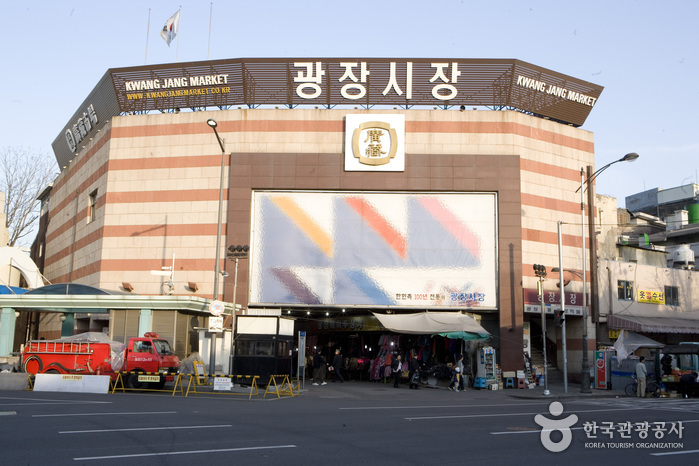
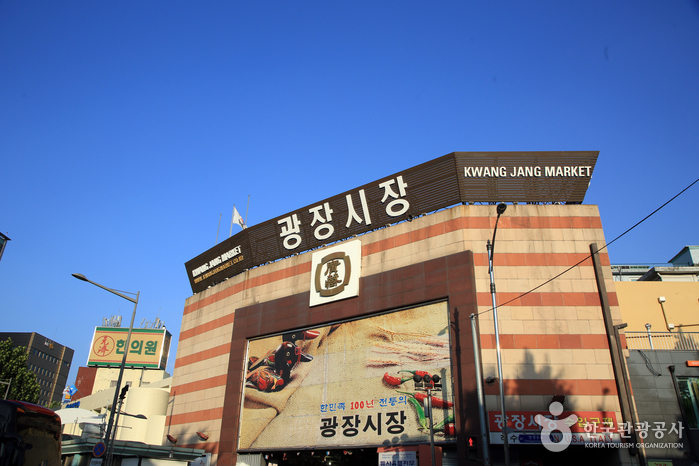
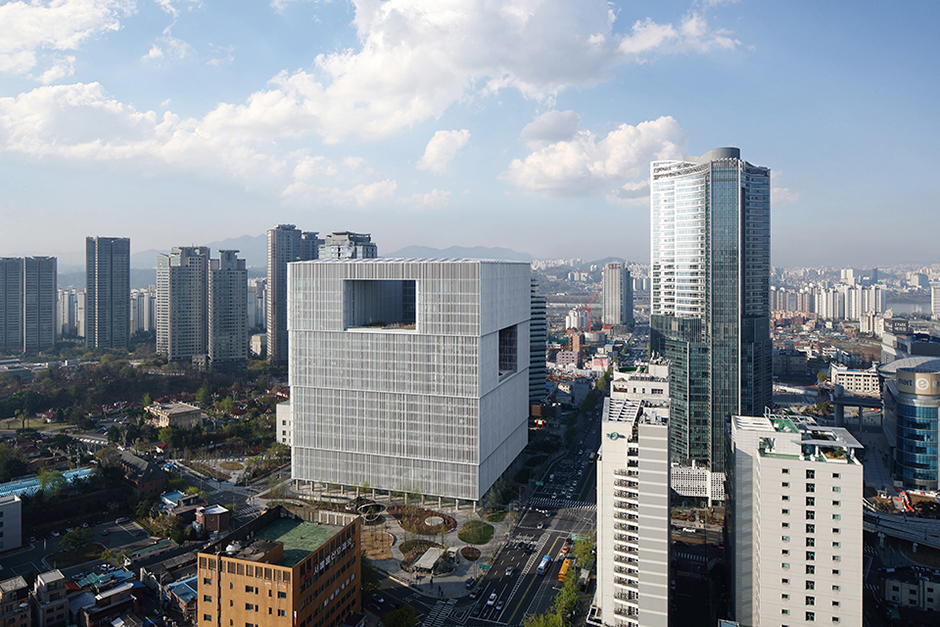
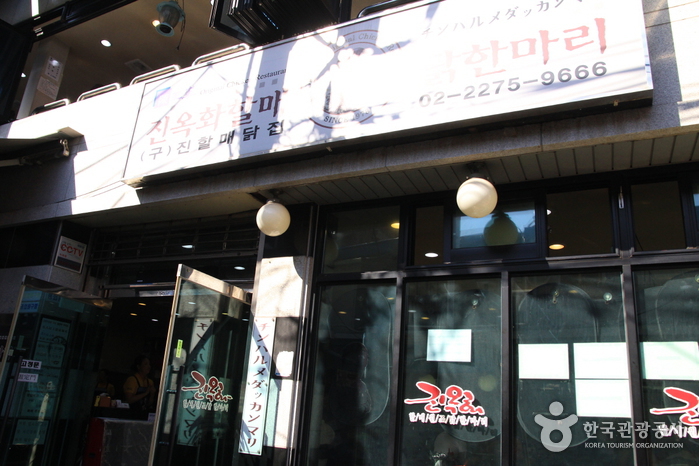
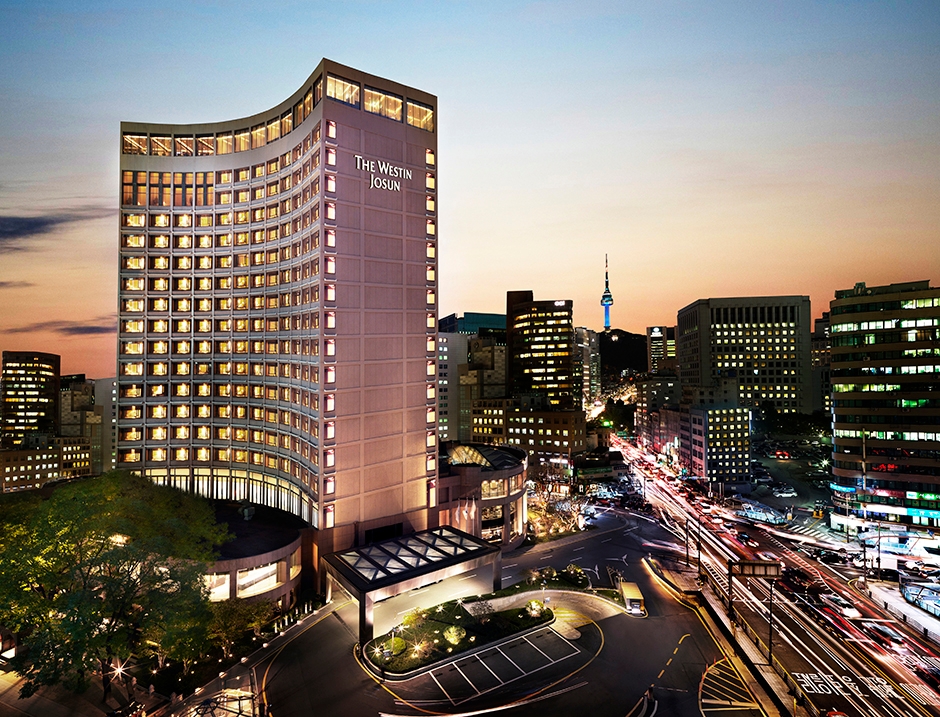
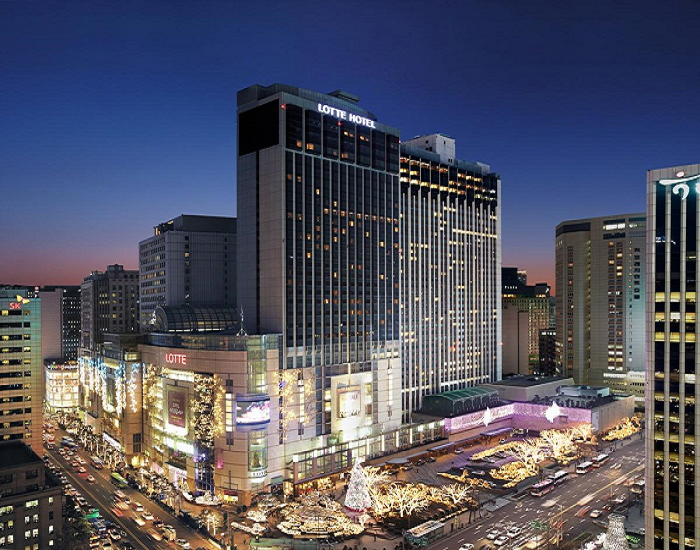
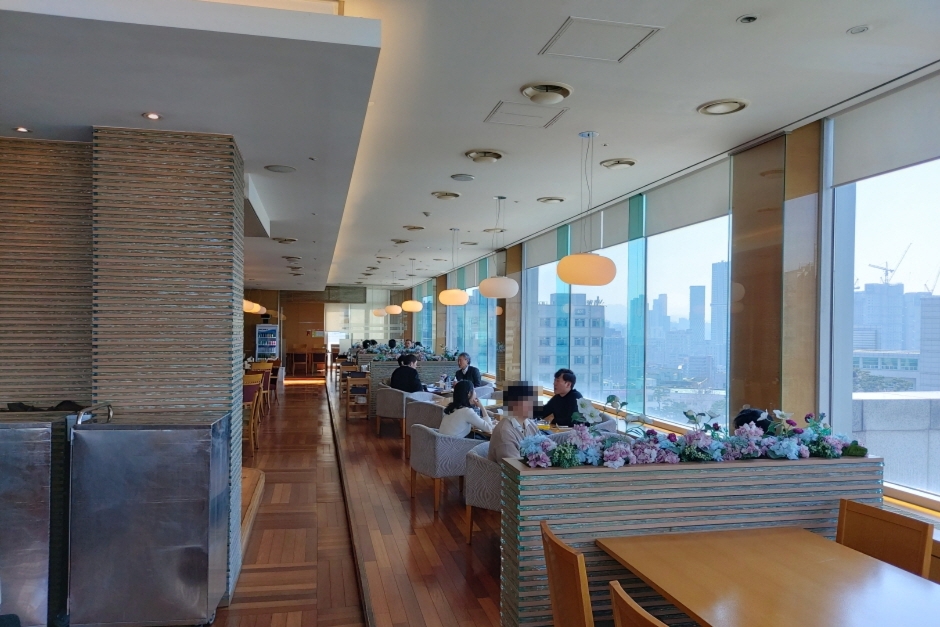
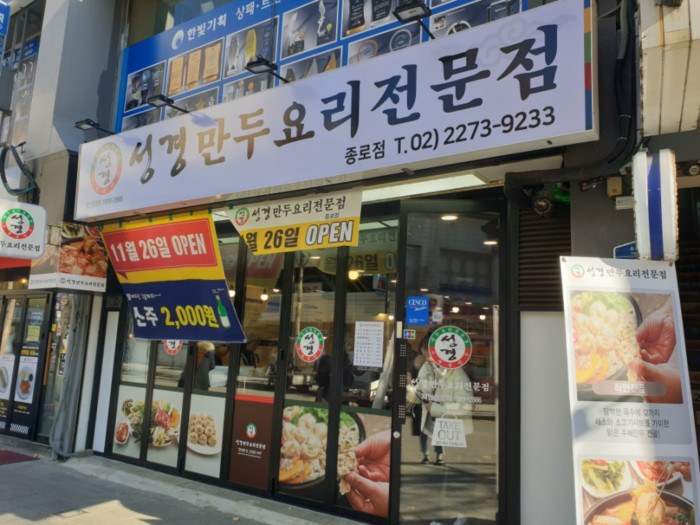
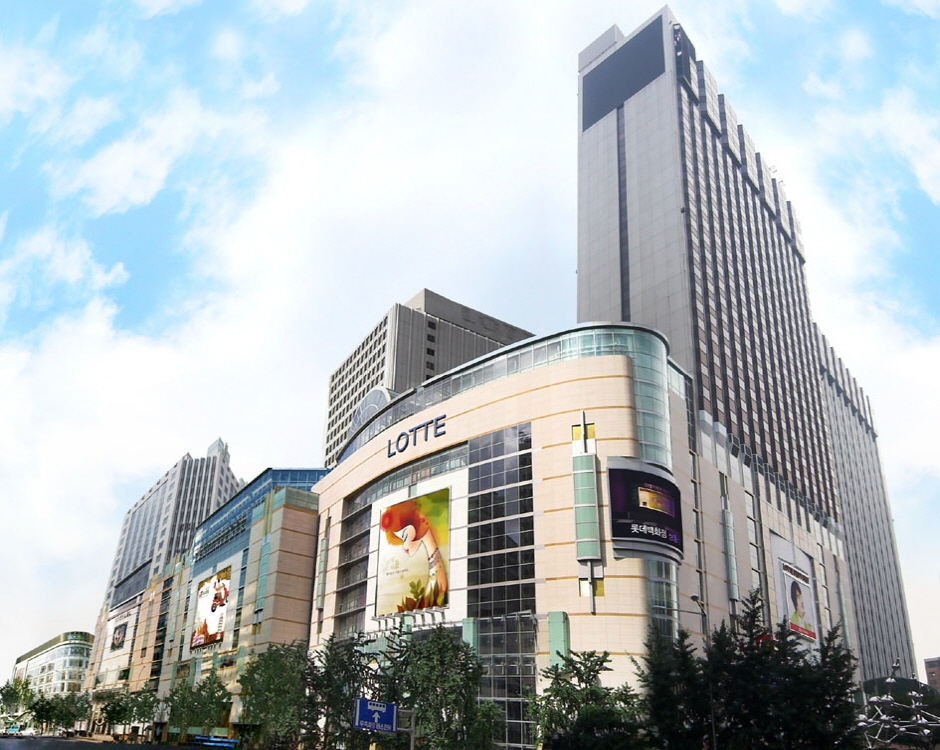
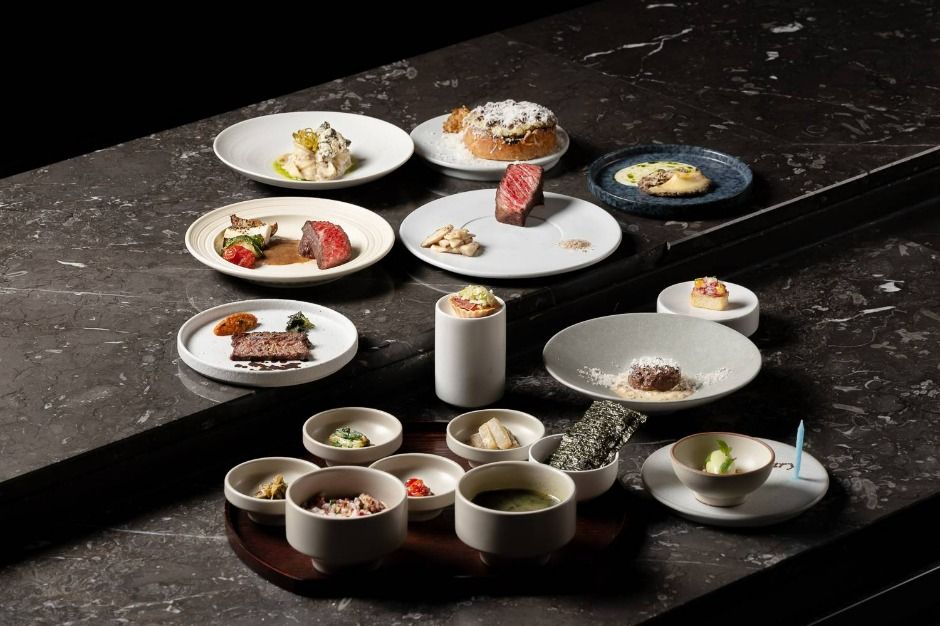
 Español
Español
 한국어
한국어 English
English 日本語
日本語 中文(简体)
中文(简体) Deutsch
Deutsch Français
Français Русский
Русский